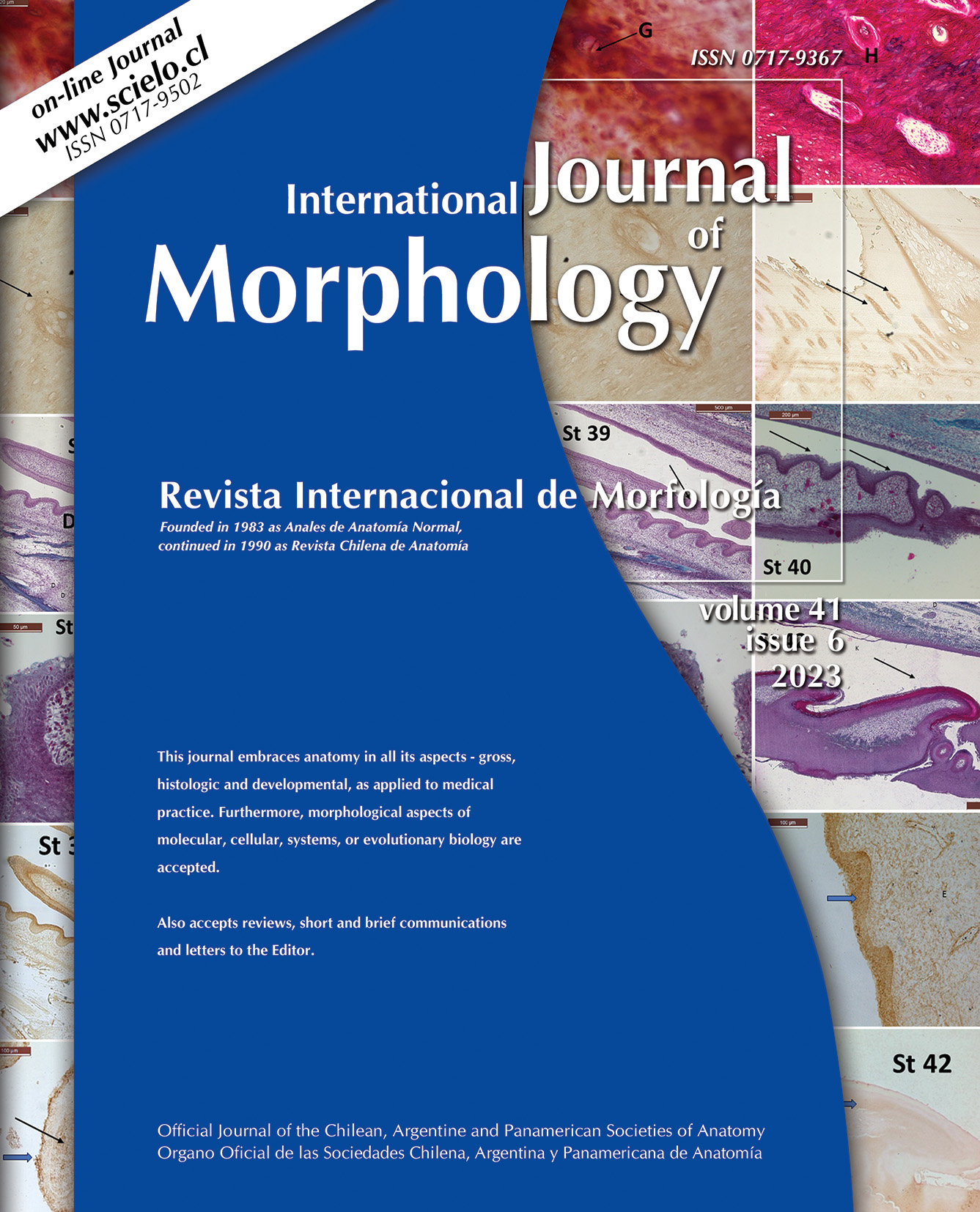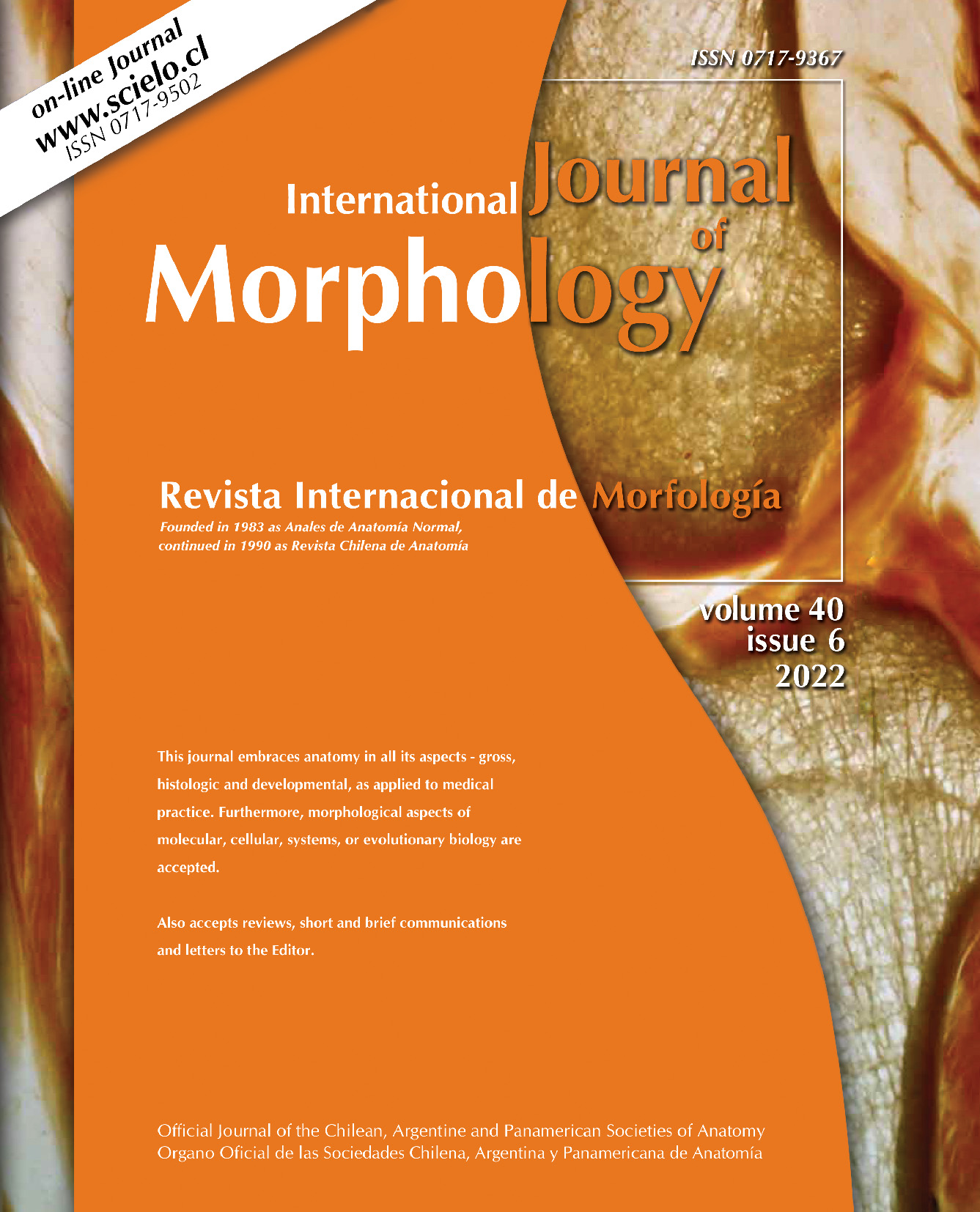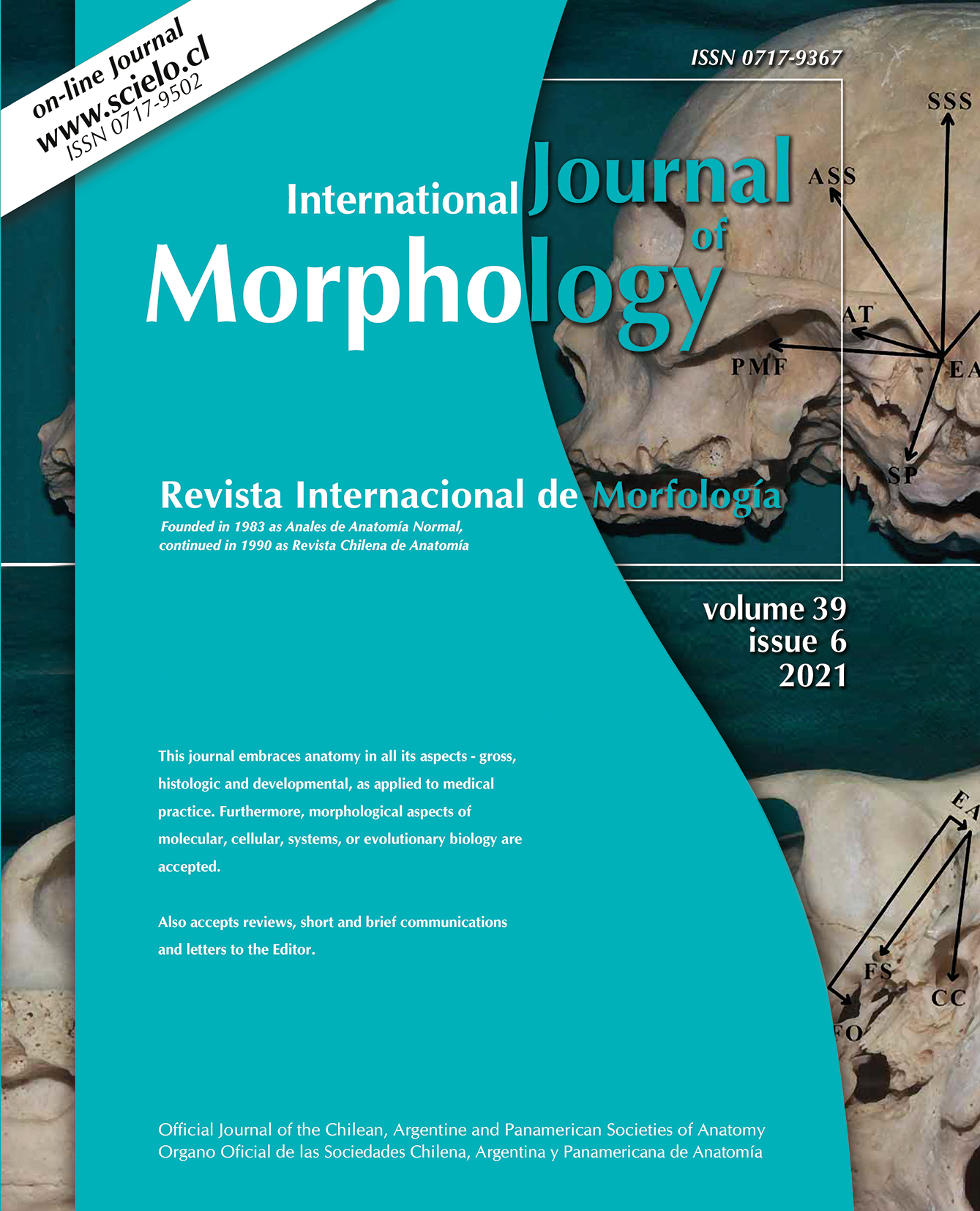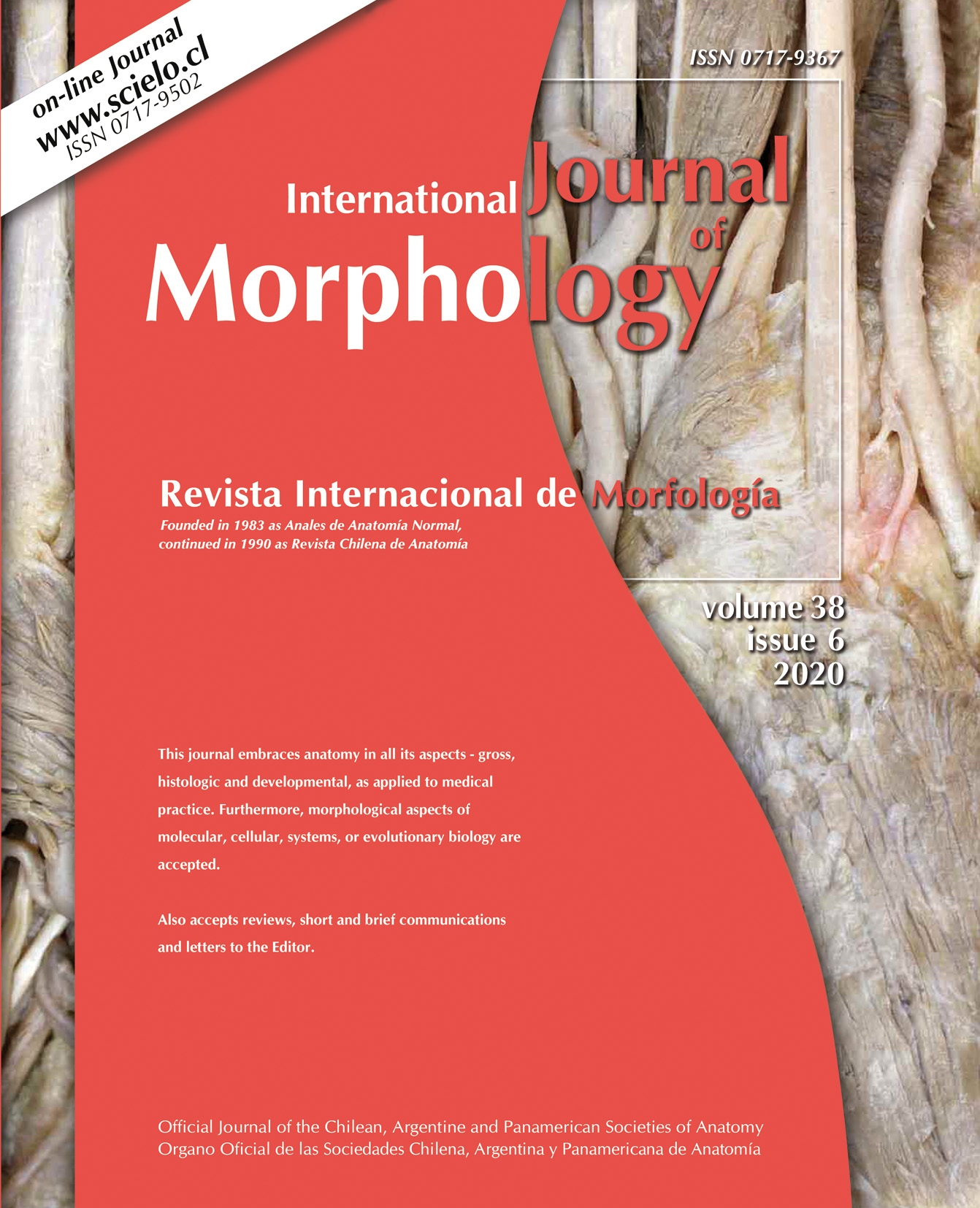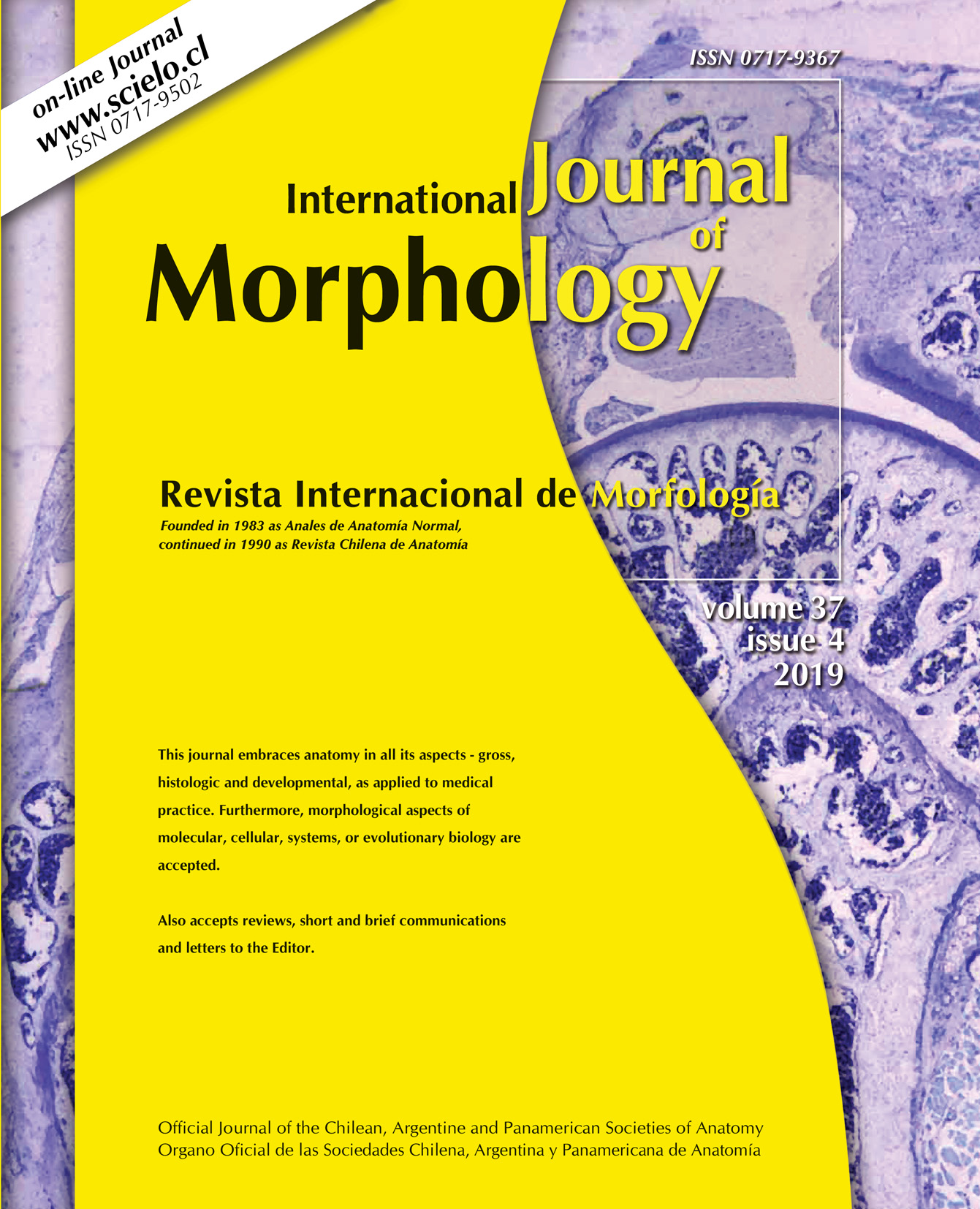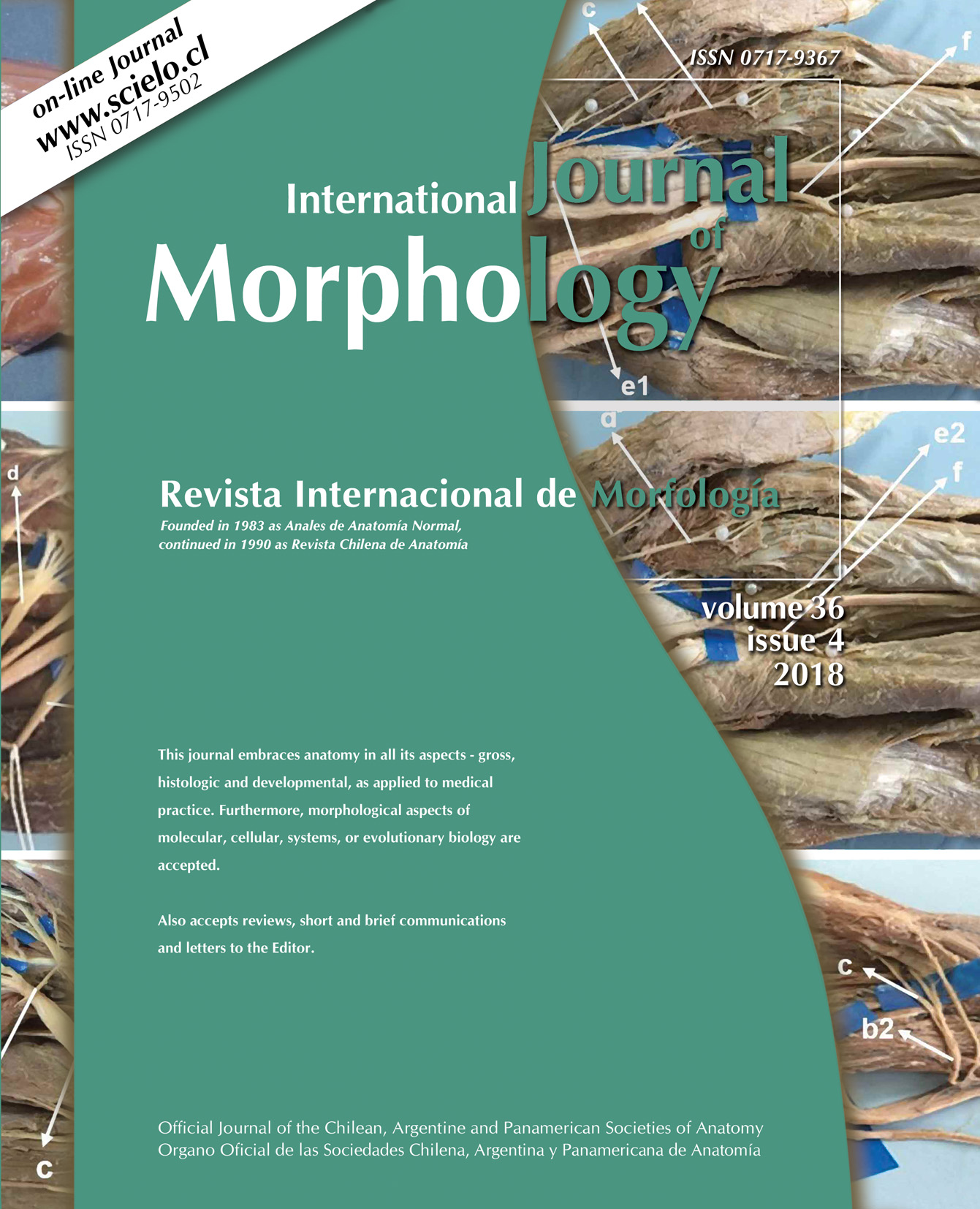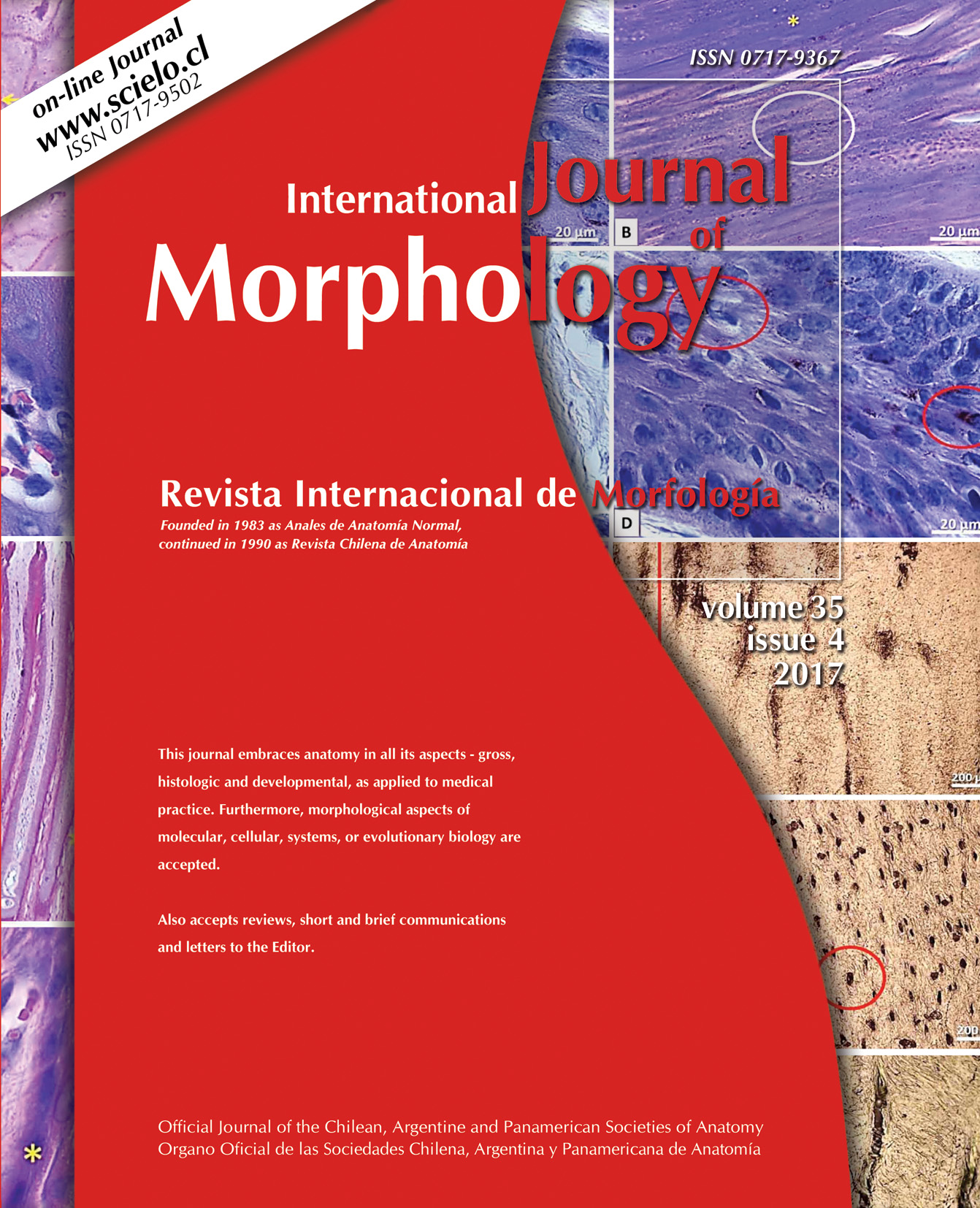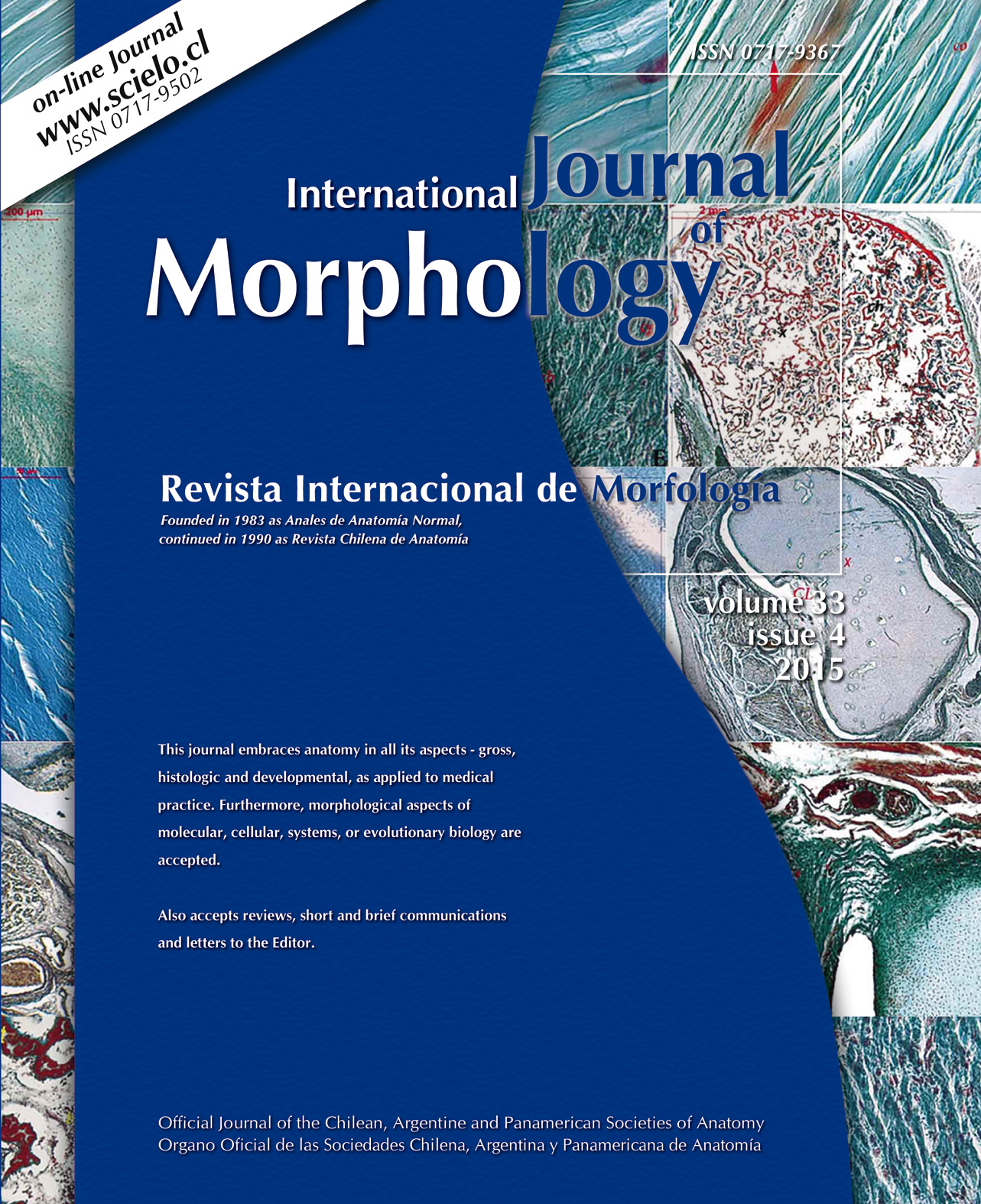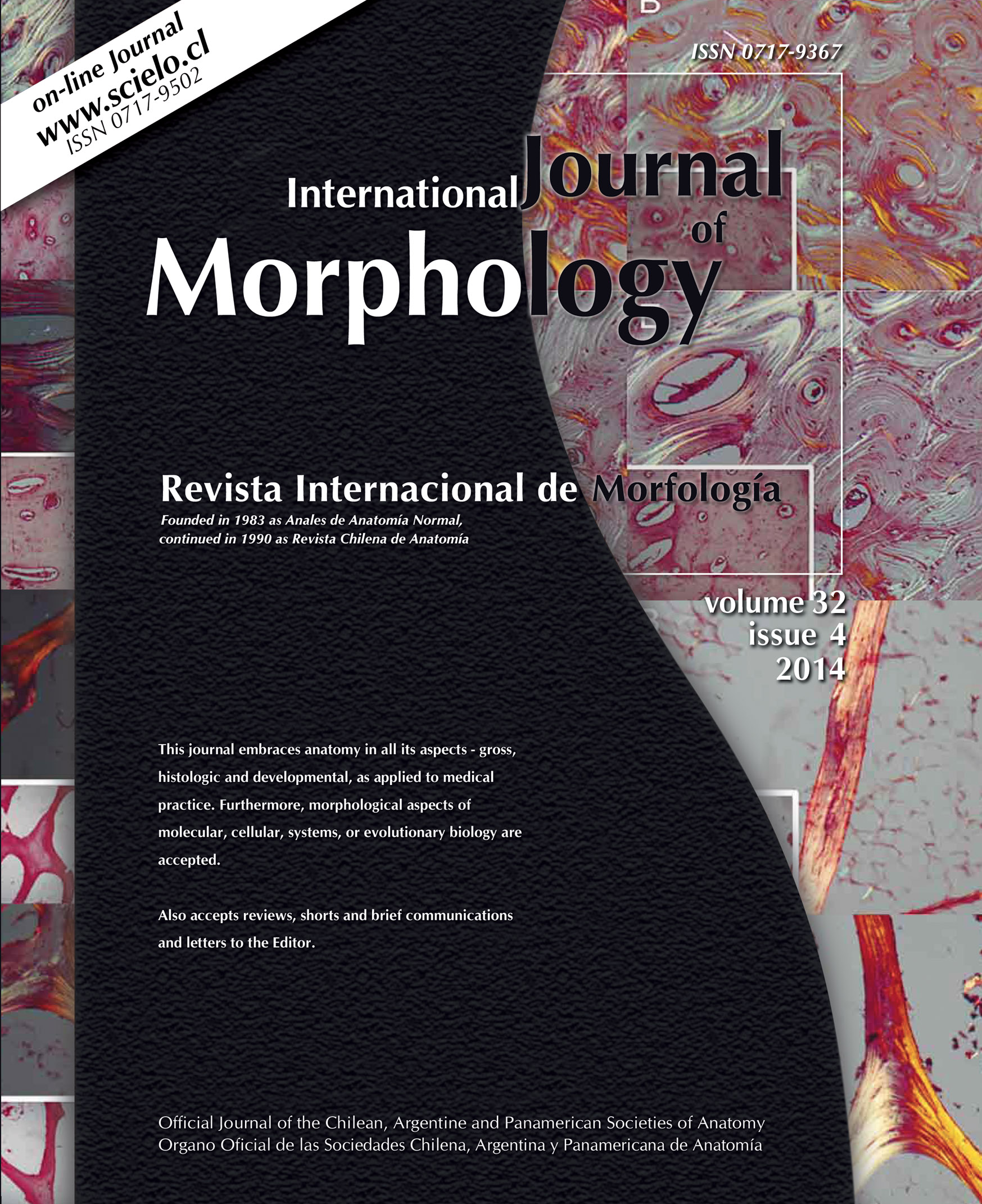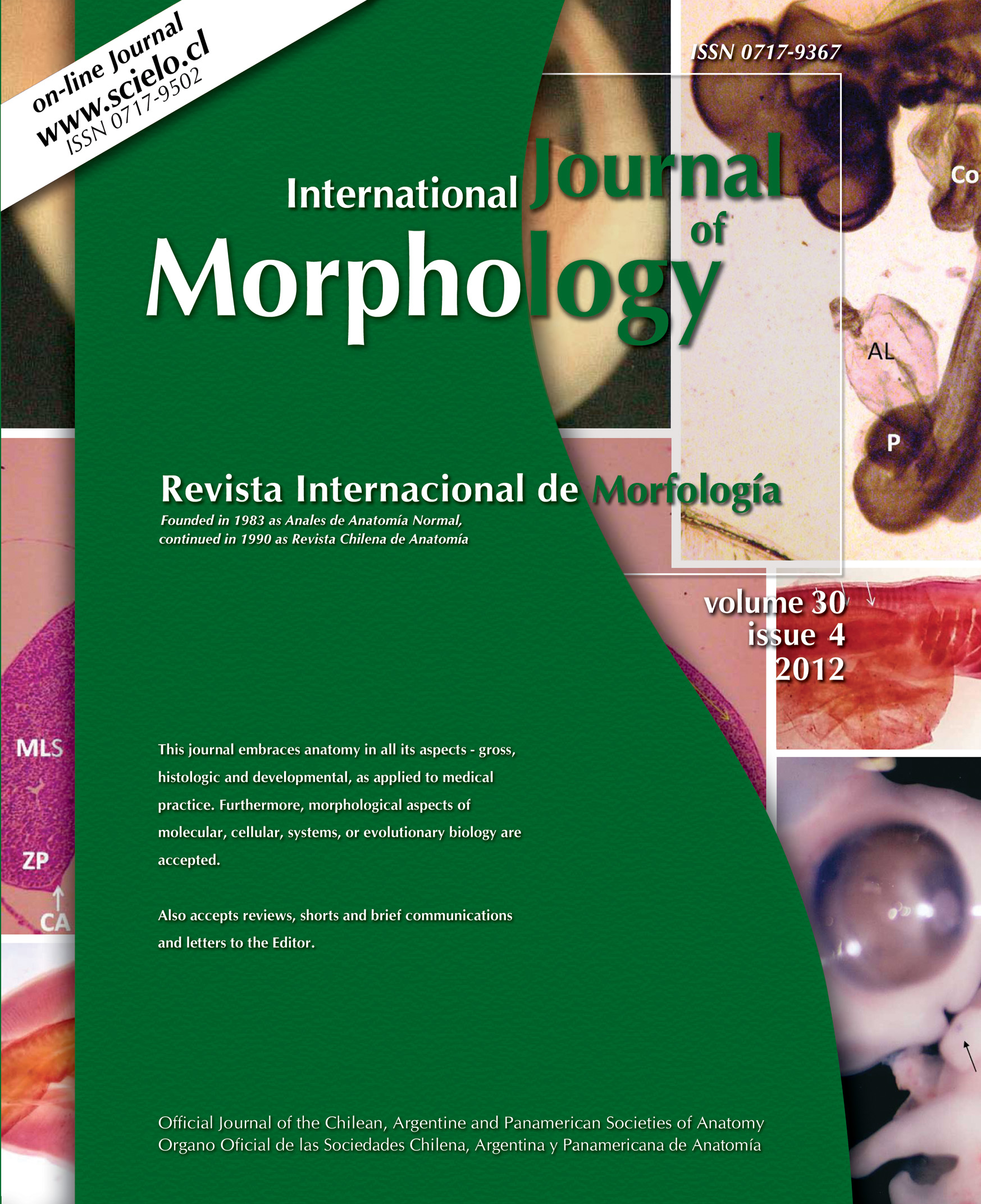Estimation of the Maximum Length of the Humerus from Its Segments’ Lengths
DOI :
Sükriye Deniz Mutluay; Ahmet Kürsad Açıkgöz & Memduha Gülhal Bozkir
Summary
Long limb bones and fragmentary portions, such as the humerus, are commonly used and examined in forensic and archaeological investigations. This study aimed to estimate the maximum length of the humerus from the measurements of its segments’ lengths in our population. The right and left humeri of 100 dry bones from unknown sexes were included in the study. A total of 28 different segments were obtained from 8 different anatomical landmarks named H0, H1, H2, H3, H4, H5, H6, and H7. The length of each segment was compared with the maximum length of the humerus (MHL). An independent t-test, Pearson’s correlation, and linear and multiple regression analyses were performed and statistical significance was assigned to p values <0.05. The differences in the measurements of the right and left humeri were not statistically significant (p > 0.05). All of the humerus segments indicated a high correlation when compared with the maximum humerus length (p < 0.05). The H2-3 segment showed a weak correlation with MHL r = 0.173 (p > 0.05). This study demonstrated that the linear and multiple regression equations can be used to estimate the humerus length from its segments’ lengths.
KEY WORDS: Humerus length; Segment length; Regression equation.
How to cite this article
MUTLUAY, S. D.; ACIKGOZ, A. K. & BOZKIR, M. G. Estimation of the maximum length of the humerus from its segments’ lengths. Int. J. Morphol., 38(5):1350-1355, 2020.












